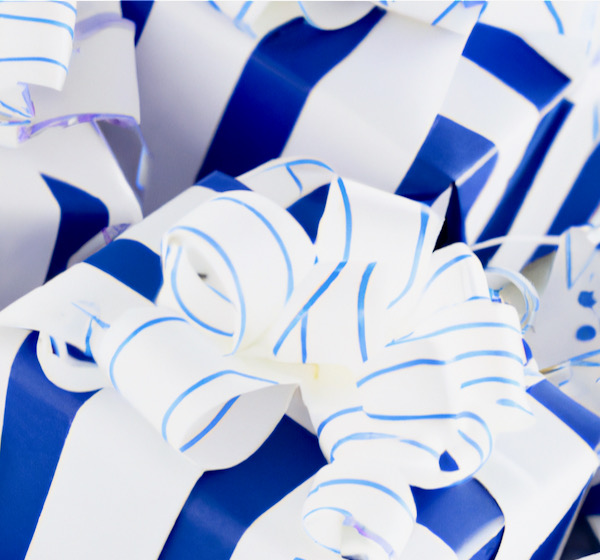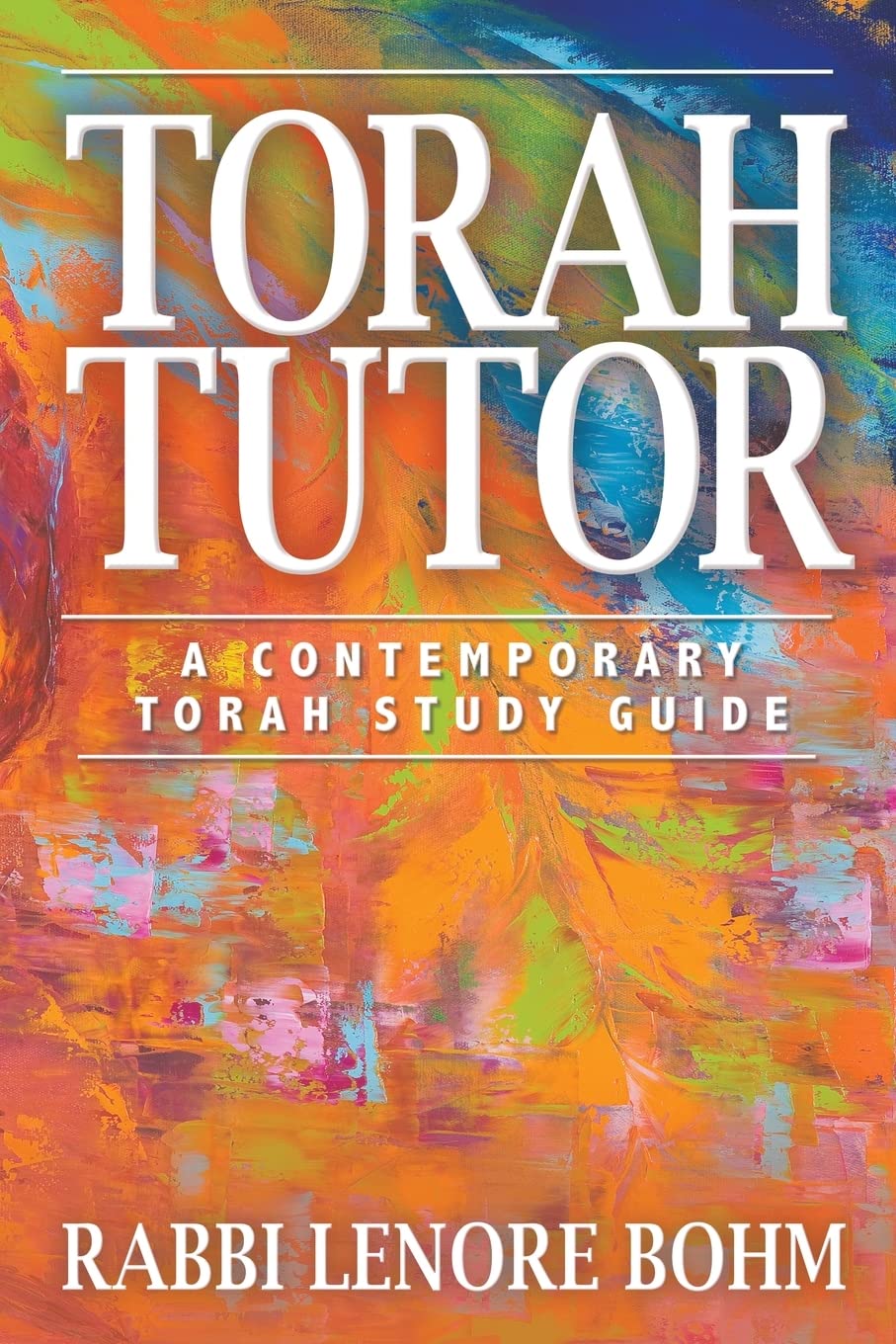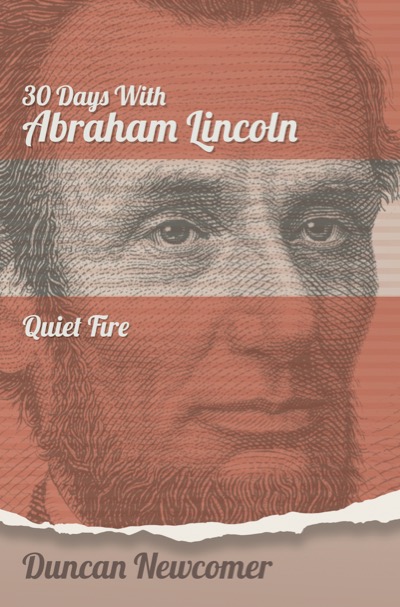Give the gift of Wisdom, Hope and Resilience
Choose books that will make your life—and your community—healthier and happier
AS WE REACH THE YEAR-END HOLIDAYS in 2022, we are pleased to recommend wonderful Hanukkah and Christmas “gifts of reading” that will enrich the lives of your loved ones well into the New Year.
Our 2022 holiday-shopping list starts with:
Torah Tutor—A Contemporary Torah Study Guide
When the first lights of Hanukkah are kindled on Sunday December 18, this year, a wonderful gift for someone you love could be Torah Tutor—A Contemporary Torah Study Guide by Rabbi Lenore Bohm, a beloved Jewish leader and long-time educator.
Hanukkah is a celebration of religious freedom and the long legacy of wisdom that continues to shine from the Jewish tradition—a legacy that begins with these dramatic stories from the Bible.
In Torah Tutor, Rabbi Bohm draws on her own lifetime of teaching about the Torah, the first five books of the Hebrew Bible, starting with Genesis. Reviewers of her book praise the timeliness of the themes lifted up in this contemporary self-guided study, which is ideal for individual seekers and group discussions.
“Reading this may become one of the most meaningful parts of your week, renewing, enriching and energizing you,” says the Foreword by Rabbi Sally J. Priesand, America’s first woman ordained as a rabbi.
AND, THIS BOOK ALSO IS IDEAL AS A CHRISTMAS GIFT. Have you got someone on your shopping list who might be tough to shop for—but you know they love the Bible and enjoy inspirational reading? Most of us know someone like that in our families or circles of friends. This year, consider giving this book. Christian reviewers agree with Rabbi Priesand’s conclusion that this book is full of fresh energy. Here’s just one example, a review of Torah Tutor by the Rev. Sharon Buttry, a noted author herself and a peace activist through American Baptist Churches: “As a Christian, I have always loved the stories and wisdom in the Bible. Rabbi Bohm expresses that same love in Torah Tutor. With each portion of the Torah, she lovingly crafts questions and insights that draw us into the heart of God.”
Care to learn more about Torah Tutor? You can jump right to the book’s Amazon page, or you might enjoy looking at the Torah Tutor Resource Page on our Front Edge Publishing website.
Become an Ally of the Michigan State University Bias Busters
 In 2022, the Michigan State University School of Journalism Bias Busters—a unique student-reporting project—reached important new milestones. In their mission to encourage cross-cultural understanding and dispel myths about American minorities, the Bias Busters published their 19th and 20th books.
In 2022, the Michigan State University School of Journalism Bias Busters—a unique student-reporting project—reached important new milestones. In their mission to encourage cross-cultural understanding and dispel myths about American minorities, the Bias Busters published their 19th and 20th books.
Plus, the MSU Bias Busters learned that Michigan’s Department of Health & Human Services has recognized the value of these short, easy-to-read books by deciding to place those books in 17 of the statewide agency’s regional offices. Leaders in MDHHS’s Lansing home office invited their staffers in each regional office to select the guides that would be most beneficial in their communities.
Among the top titles chosen by these regional offices were:
- 100 Questions and Answers About African Americans
- 100 Questions and Answers About Hispanics and Latinos
- 100 Questions and Answers About Immigrants to the U.S.
- 100 Questions and Answers About Veterans: A Guide for Civilians
- 100 Questions and Answers about Gender Identity
- 100 Questions and Answers About Sexual Orientation
- 100 Questions and Answers About Gen X Plus 100 Questions and Answers About Millennials
If you would like to see all 20 of our titles, so far, here’s a link to the Amazon Bias Busters Kindle page.
AND, HERE’S A SPECIAL GIFT IDEA: Consider giving a personal gift to your own congregation or other community group this December as a way to encourage a greater sensitivity toward minorities in your area. Consider adding a selection of these books to your congregational library—or starting a community-outreach class that specializes in cultural competency. Order your own hand-picked selection of these guides and you’ve got a tailor-made gift for your community that will keep giving gifts to readers throughout 2023.
Two New Months of Inspirational Reading—
30 Days with America’s High School Coaches
And, 30 Days with E. Stanley Jones
 IN 2022, our publishing house doubled the scope of our “30 Days With …” book series with two new volumes that offer a total of two fresh months of inspirational reading.
IN 2022, our publishing house doubled the scope of our “30 Days With …” book series with two new volumes that offer a total of two fresh months of inspirational reading.
In January 2022, we launched Martin Davis’s 30 Days with America’s High School Coaches. (And a special notes for early-bird shoppers: Amazon deeply discounted the hardcover version of Martin’s book leading up to Black Friday. We’re not sure how long that Amazon sale will last, so order your copy immediately and you might get a real deal!)
What’s in this book? High school coaches shape millions of lives. These 30 short and inspiring stories show the diversity of approaches by coaches nationwide in building athletes’ hearts, minds and bodies to form successful teams, strong individuals and future leaders. The coaches profiled in this book come from every corner of the nation and every socio-economic setting, highlighting how they combine imagination, a selfless commitment to their athletes and a strong internal compass. In this book, you will find true stories of coaches who lead male and female athletes in a wide variety of sports.
We followed that volume with John E. Harnish’s 30 Days with E. Stanley Jones.
In his day, E. Stanley Jones (1884-1973) was described as the “greatest missionary since Saint Paul.” More than an evangelist, he was the author of 27 books that sold millions of copies. He also was a statesman, the founder of Christian ashrams, an interfaith leader as well as a spokesman for peace, racial inclusion and social justice. He was a confidant of presidents Franklin D. Roosevelt and Harry Truman.
Does a preacher from the previous century have anything to say to this generation? Yes! His clarion call to justice and loving community was shaped by his friendship with Mahatma Gandhi and influenced the life of Dr. Martin Luther King Jr.
Introduction to Christian Ethics
With Christianity in crisis, Dr. David Gushee lays out a faithful path forward
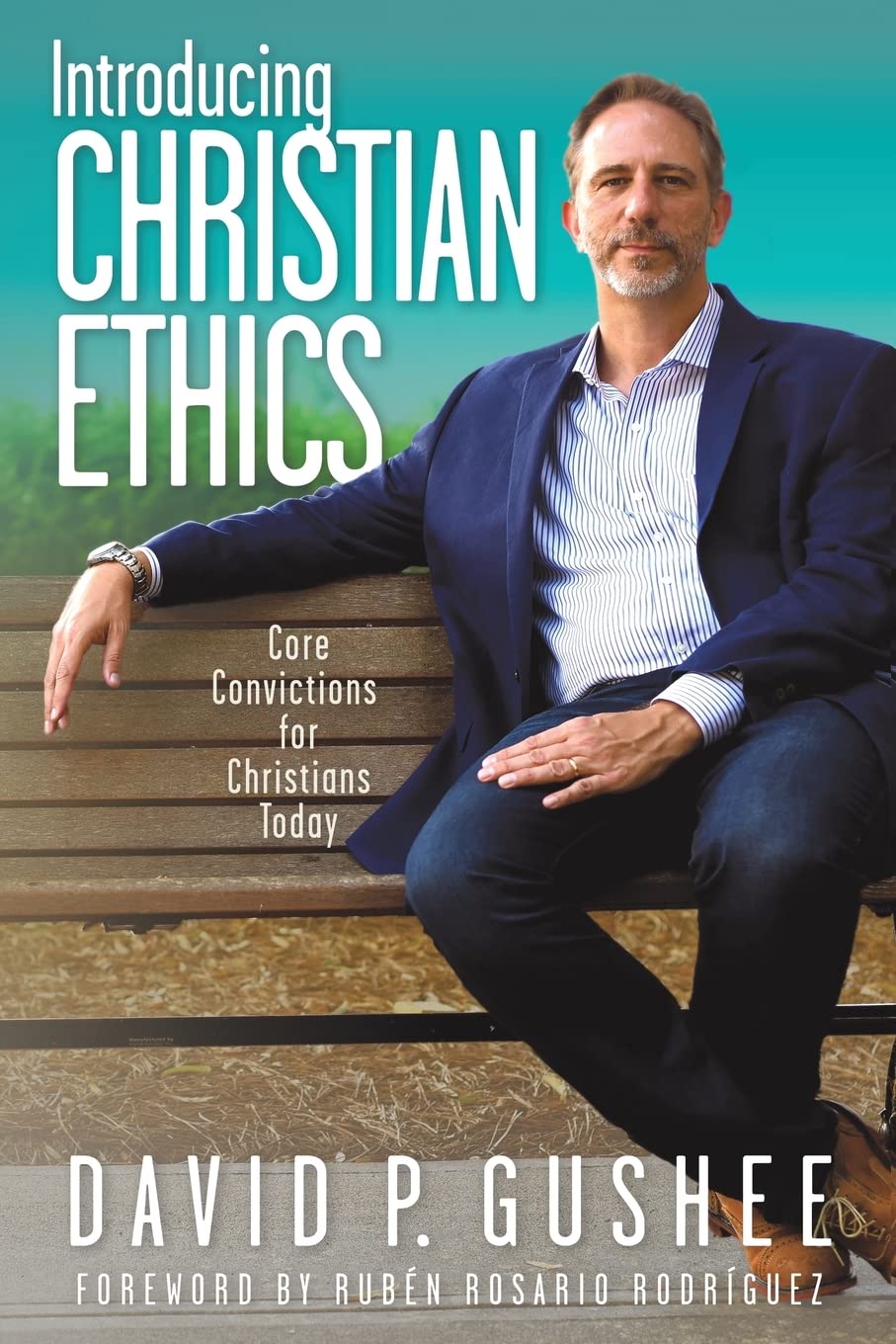 THIS IS A PERFECT GIFT for anyone on your shopping list who hopes there is a robust and loving future for Christianity as a global faith. There are millions of folks like that across America. For example, nearly all of us know someone who loves their congregation, but wonders if the Christian religion is endangered by the worldwide tug-of-war over what the faith requires of political leaders. Dr. David Gushee is widely regarded as America’s leading Christian ethicist and leads readers through a wide range of topics—including issues that show up in headline news stories on a daily basis.
THIS IS A PERFECT GIFT for anyone on your shopping list who hopes there is a robust and loving future for Christianity as a global faith. There are millions of folks like that across America. For example, nearly all of us know someone who loves their congregation, but wonders if the Christian religion is endangered by the worldwide tug-of-war over what the faith requires of political leaders. Dr. David Gushee is widely regarded as America’s leading Christian ethicist and leads readers through a wide range of topics—including issues that show up in headline news stories on a daily basis.
In our February 2022 Cover Story about the launch of this book, we reported:
At this historic turning point in the faith of 2.4 billion people worldwide, Christian ethicist Dr. David Gushee is publishing his magnum opus: Introducing Christian Ethics—Core Convictions for Christians Today. This is a unique and powerful book. It becomes the capstone on a long series of Dr. Gushee’s books by giving readers 25 chapters drawn from his decades of teaching Christian Ethics at Mercer University—a career that has led to honors showered on Dr. Gushee from around the world. In recent years, those honors have included election by his peers for terms as president of both the American Academy of Religion and the Society of Christian Ethics.
PLUS—THIS IS AN IDEAL CHOICE for folks on your holiday shopping list who prefer to listen to books. With each chapter of this book, readers are provided with simple-to-use codes that provide either the audio of that chapter, or the video of Dr. Gushee presenting that chapter. Readers with a smartphone, for example, can choose to listen to Dr. Gushee—or to see him in full video. That makes this a great choice for small-group discussion as well, since the audio and video clips that small groups enjoy come within the pages of this book.
Suzy Farbman tells us the story of …
‘How we welcomed Detroit’s first avant-garde art movement into our home’
 AMONG THE MOST BELOVED of the columnists in our Read The Spirit weekly magazine is veteran journalist Suzy Farbman. Her occasional columns introduce us to remarkable men, women and families from around the world—people who surprise, delight and inspire us. Whenever a Suzy Farbman column appears in our magazine, each new story sparks a shower of emails to our offices thanking us for Suzy’s work.
AMONG THE MOST BELOVED of the columnists in our Read The Spirit weekly magazine is veteran journalist Suzy Farbman. Her occasional columns introduce us to remarkable men, women and families from around the world—people who surprise, delight and inspire us. Whenever a Suzy Farbman column appears in our magazine, each new story sparks a shower of emails to our offices thanking us for Suzy’s work.
In 2022, Suzy Farbman turned her journalist’s eye inward and published a beautiful, full-color exploration of her own home and her many years of relationships with artists from Detroit’s “First Generation Cass Corridor Community.”
In her column describing the creation of this new book, Suzy wrote:
I thought about calling this book Love Stories for the Angels of Detroit. The phrase comes from a collaboration between poet John Yau and painter Archie Rand referenced in the text. Art appreciation has been a love affair for me. And my life has been blessed with many angels. … This book is a story of the art world I knew. An art world less destabilized by politics and political correctness. Not forced into months of seclusion by a deadly virus. A world where people felt comfortable in crowded galleries and museums. Where we relished squeezing together for the taking of a toast and tea. This is the story of the Detroit I knew and wrote about, mostly in the 1970s and 80s, the art world I experienced, the joy I had in collecting.
Have you got an art lover on your shopping list?
How about a native Michigander who loves stories about the creativity and potential of Detroit?
Visit the book’s Amazon page and consider ordering a copy right now in hardcover—a stunning gift to open at the holidays that we guarantee will inspire your loved one to flip one page after another—as they enjoy all the brilliant and sometimes startling images.
‘Shining Brightly’
Personalize This Story of Resilience for Hanukkah or Christmas
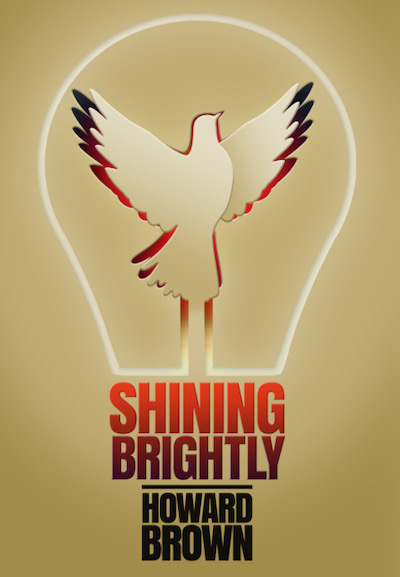 THEN, THIS IS A SPECIAL OFFER IN OUR HOLIDAY SHOPPING LIST: If you purchase a copy of Howard Brown’s Shining Brightly right now from Amazon—go immediately to Howard’s website ShiningBrightly.com and click on the link “Contact” (or just scroll down on Howard’s homepage and you’ll find that Contact box).
THEN, THIS IS A SPECIAL OFFER IN OUR HOLIDAY SHOPPING LIST: If you purchase a copy of Howard Brown’s Shining Brightly right now from Amazon—go immediately to Howard’s website ShiningBrightly.com and click on the link “Contact” (or just scroll down on Howard’s homepage and you’ll find that Contact box).
From the Contact box—send Howard a note asking for a free personalized bookplate for the holidays. Bookplates are a traditional way to personalize our books. Howard has lovely rectangular plates on which he adds a brief message (just a few words), then he adds his author autograph—and he mails these finished bookplates to readers who request them. You’ll get his envelope in first-class mail, add it to the book you’ve purchased and you’ll have a personalized gift that your loved one will treasure.
And as we always say at the holidays: Act now! You’ve got plenty of time to prepare this unique, personalized gift before the start of Hanukkah or Christmas day—but mail service always slows down in December and, in this case, you’ll need to receive both the book and Howard’s bookplate to create the perfect gift.
“I’m happy to personalize these books,” Howard said. “Of course, I’m Jewish. So, I’m happy to write a ‘Happy Hanukkah Sarah …’ or ‘Happy Hanukkah Sam …’ bookplate. But I’m also happy to help families celebrate Christmas with a ‘Merry Christmas Laura …’ or ‘Merry Christmas Larry …’ note. Just remind people to make it clear in their ‘Contact’ message to me what phrase they want—and be sure to give me their complete mailing address.”
Want to learn more about this inspiring book? One of the three main themes of Howard’s books is interfaith peacemaking. He’s Jewish and is internationally known for reaching out across the boundaries of our various faiths to make friends and build healthier communities. Read Howard’s Thanksgiving story, published last week, to learn more about the themes of his book.
Celebrate our 10th anniversary with Visual Parables
Give yourself and friends a gift of Faith & Film
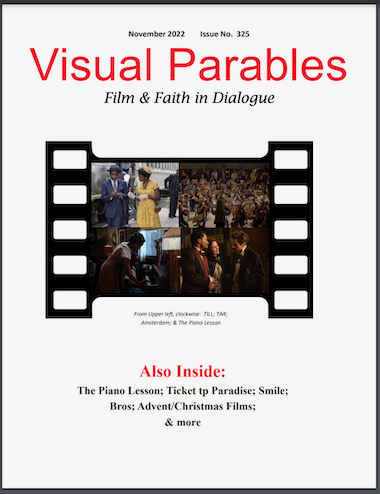
CLICK ON THIS COVER IMAGE from the November 2022 issue of Visual Parables Journal to visit a page explaining how to subscribe. You also will see a blue “button” you can click to read this November issue as a sample of what you’ll get in coming months.
For a decade, Read The Spirit magazine has appeared every Monday with a popular Faith & Film section closing out our weekly issues. We’ve heard from readers around the world who enjoy Film Critic Edward McNulty’s thought-provoking reviews along with the connections he draws to religious wisdom. Each week, McNulty freely posts those new reviews in our online magazine for readers to share—and thousands of readers have done so from the more than 500 issues of Read The Spirit since he joined our team.
Meanwhile, McNulty has supported his work by selling annual subscriptions to the PDF-format Visual Parables Journal, which our team publishes as a paid monthly supplement to our online magazine. Every issue of Visual Parables Journal—which is easy to download and read on any digital device—is packed with complete discussion guides for the wide array films McNulty has been reviewing that month. Those discussion guides range from family films to the latest Hollywood blockbusters—and from provocative documentaries to special “indie” releases.
At this point in his celebrated career, McNulty has devoted nearly half a century to reviewing films—with a distinctive emphasis on connections he draws to faith. For the first four decades of his efforts as a film critic, his reviews were widely shared across the religious world via various magazines, websites and newsletters. Some of his collected discussion guides even appeared as paperback books. We especially recommend his Jesus Christ: Movie Star, a collection of discussion guides exploring a dozen different film depictions of Jesus.
A GROWING TREND:
CONGREGATION-WIDE FAITH & FILM FESTIVALS
Over this past decade together, we’ve also been hearing from a growing number of congregations nationwide where folks like to schedule their own faith-and-film festivals. They often are held in January, since it’s fun to go to the movies together during the darkest winter months.
We’ve also heard from small groups in congregations that enjoy their own faith-and-film discussions in an ongoing way throughout each year. Of course, the Visual Parables Journal is the perfect companion for such groups.
Finally, we know that many individuals simply enjoy reflecting on the many questions McNulty weaves into the discussion guides that make up each issue of the Journal.
Want to get started right now? Here’s a link to the web page that introduces Visual Parables Journal, which includes all the information you’ll need to subscribe.
Want to see more samples? Here’s the Visual Parables Journal page that features recent issues, so you can get an idea of the films Edward McNulty features.
